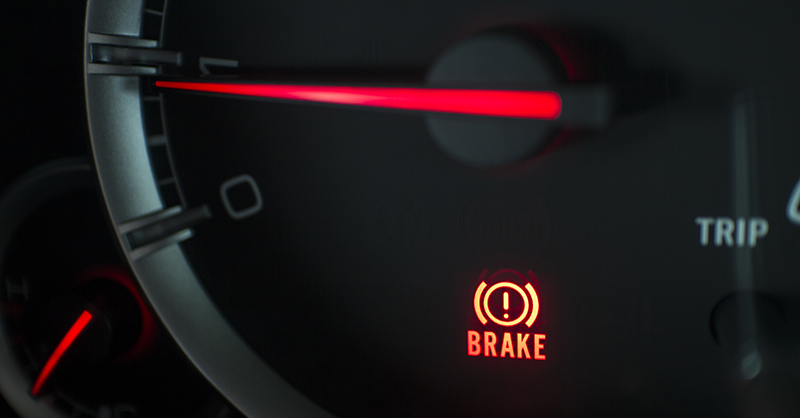
Months of searing temperatures stress brake components. And that means additional wear and tear that could reduce the brake pad’s lifespan.
“Heat build-up can make a braking system less effective,” said Tony Molla, vice president of the Automotive Service Association. “If brake pads get too worn down, metal inside them can cause permanent damage to the rotor. Rather than a minor brake repair, you could end up needing an expensive brake system replacement.”
Fortunately, a simple service with a trusted expert can reassure you everything’s OK or correct any concerns.
The ASA offers basic tips for post-summer brake maintenance:
- Get your brakes inspected after prolonged exposure to extreme temperatures--like after summer and winter months. Have an expert look for pad wear, leaks and a worn or scratched brake disc.
- Brake pads usually need replacing every 20,000 to 40,000 miles. Longevity varies by how and where you drive. For example, stop and go city driving wears out brake pads faster than freeway driving. Check the owner’s manual for manufacturer recommendations on brake replacement.
- Use replacement brake pads that meet or exceed manufacturer recommendations. Pad quality varies depending on their composite materials—metal fibers, rubber compounds, silicate and resins.
- Ask about resurfacing the rotor, or metal brake disk, if your vehicle has been driven more than 70,000 miles. Extremely worn brakes can scratch or gouge the disc and reduce braking effectiveness. Most brake replacement involves smoothing out the rotor surface for improved braking.
Copyright © 2024 by Sensible Driver. All rights reserved.




















